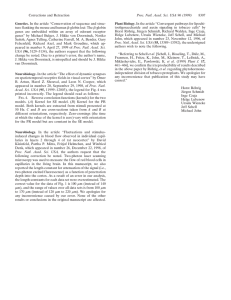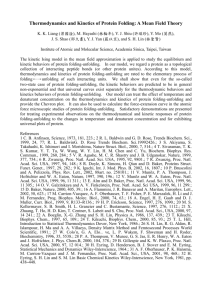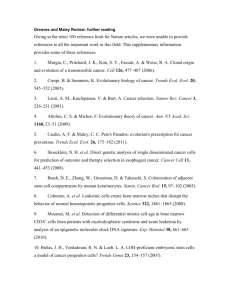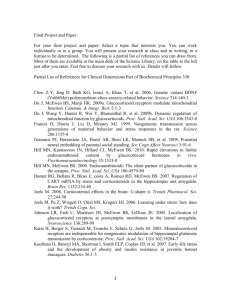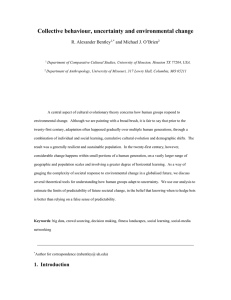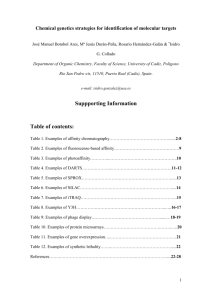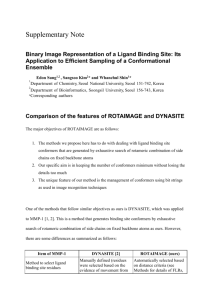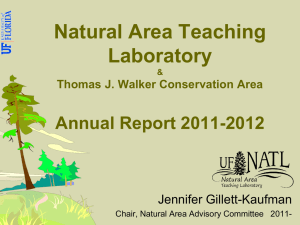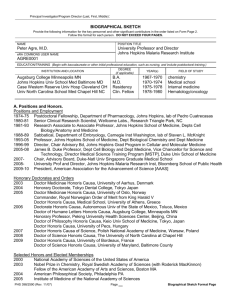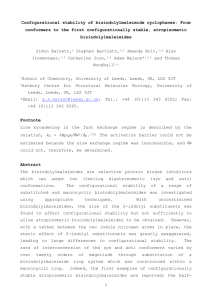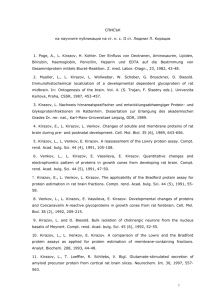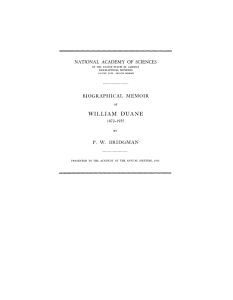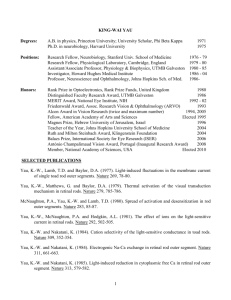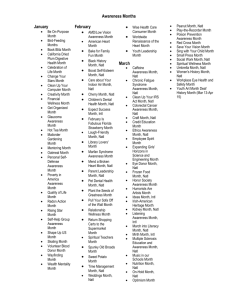Using NMR to Study Transiently Populated (Invisible) Minor
advertisement
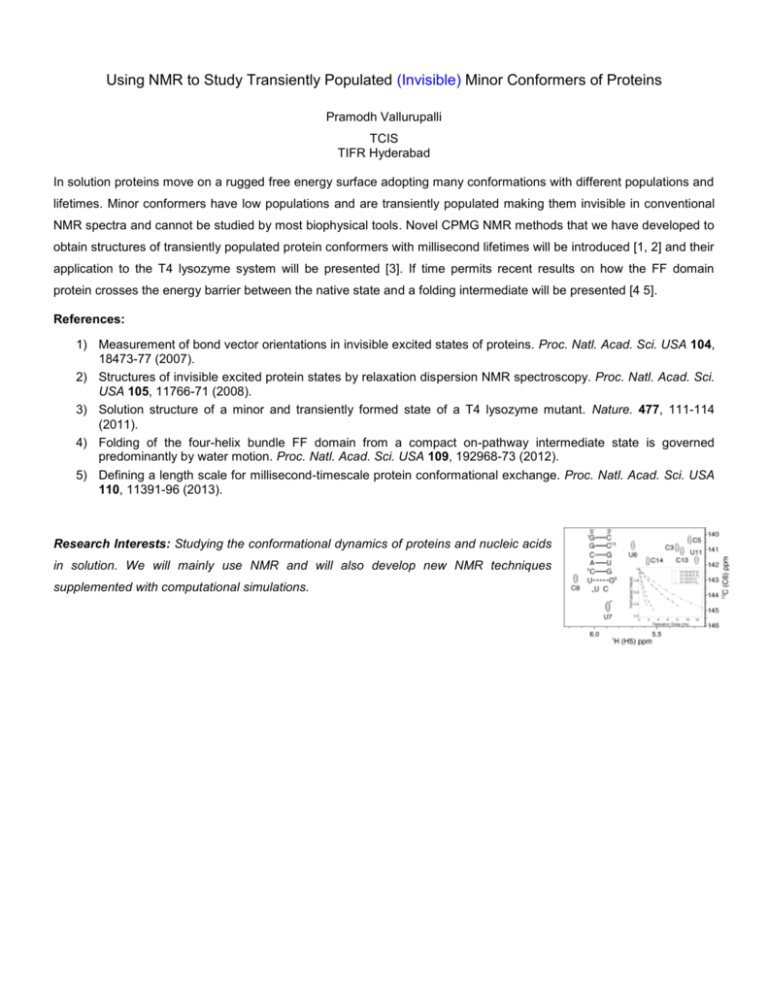
Using NMR to Study Transiently Populated (Invisible) Minor Conformers of Proteins Pramodh Vallurupalli TCIS TIFR Hyderabad In solution proteins move on a rugged free energy surface adopting many conformations with different populations and lifetimes. Minor conformers have low populations and are transiently populated making them invisible in conventional NMR spectra and cannot be studied by most biophysical tools. Novel CPMG NMR methods that we have developed to obtain structures of transiently populated protein conformers with millisecond lifetimes will be introduced [1, 2] and their application to the T4 lysozyme system will be presented [3]. If time permits recent results on how the FF domain protein crosses the energy barrier between the native state and a folding intermediate will be presented [4 5]. References: 1) Measurement of bond vector orientations in invisible excited states of proteins. Proc. Natl. Acad. Sci. USA 104, 18473-77 (2007). 2) Structures of invisible excited protein states by relaxation dispersion NMR spectroscopy. Proc. Natl. Acad. Sci. USA 105, 11766-71 (2008). 3) Solution structure of a minor and transiently formed state of a T4 lysozyme mutant. Nature. 477, 111-114 (2011). 4) Folding of the four-helix bundle FF domain from a compact on-pathway intermediate state is governed predominantly by water motion. Proc. Natl. Acad. Sci. USA 109, 192968-73 (2012). 5) Defining a length scale for millisecond-timescale protein conformational exchange. Proc. Natl. Acad. Sci. USA 110, 11391-96 (2013). Research Interests: Studying the conformational dynamics of proteins and nucleic acids in solution. We will mainly use NMR and will also develop new NMR techniques supplemented with computational simulations.
